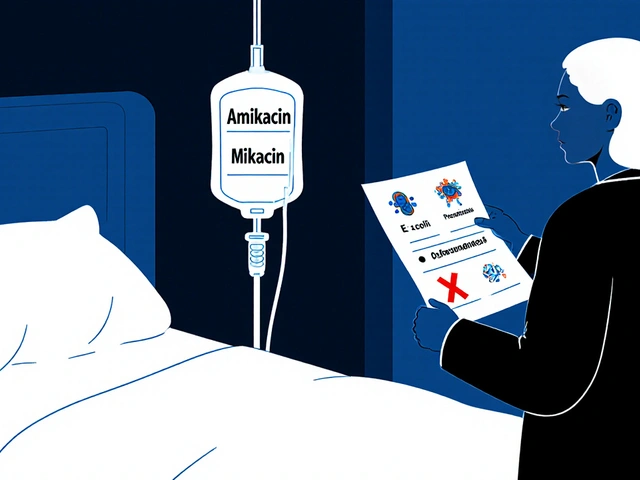FOLFIRINOX: A Practical Guide to This Chemo Regimen
If you or a loved one has been told to start FOLFIRINOX, you probably have a lot of questions. This guide breaks down the basics—what the drugs are, how they work together, and what to expect during treatment—so you can face the process with confidence.
How FOLFIRINOX Works
FOLFIRINOX isn’t a single drug; it’s a cocktail of four chemotherapy agents: fluorouracil (5‑FU), leucovorin, irinotecan, and oxaliplatin. Each piece attacks cancer cells in a different way. Fluorouracil stops DNA from forming, leucovorin boosts fluorouracil’s effect, irinotecan blocks an enzyme needed for cell growth, and oxaliplatin damages DNA directly. Together they hit pancreatic tumors from several angles, which can shrink tumors faster than many single‑drug regimens.
The regimen is given in cycles—usually every two weeks. A typical cycle includes a short infusion of oxaliplatin, a longer infusion of fluorouracil, and a separate dose of irinotecan. Doctors may adjust the dose based on age, kidney function, and how well you tolerate the drugs. It sounds complex, but the oncology team coordinates everything so you don’t have to manage each infusion yourself.
Managing Side Effects
Because FOLFIRINOX is powerful, side effects are common. The most frequent ones are nausea, vomiting, low blood counts, fatigue, and nerve tingling. You’ll likely receive anti‑nausea medication before each infusion, and staying hydrated helps reduce vomiting. Low blood counts can cause infections, so keep an eye on fevers and report them right away.
Fatigue often hits hard in the first few weeks. Try short, frequent walks, a balanced diet rich in protein, and short naps if you need them. For nerve tingling (peripheral neuropathy), warm compresses and avoiding hot drinks can help. If symptoms get worse, your doctor may pause treatment or lower the dose—don’t skip a check‑in just because you think you’re handling it alone.
Another important piece is nutrition. Chemotherapy can change taste and appetite, so focus on easy‑to‑digest foods like smoothies, soups, and soft fruits. Small, frequent meals keep energy up without overwhelming your stomach. If you lose weight quickly, talk to a dietitian; they can suggest high‑calorie supplements that are gentle on the system.
Emotional health matters too. Feeling anxious or down is normal when you’re on a tough regimen. Talk to a counselor, join a support group, or simply share your worries with a friend. Knowing you’re not alone can make the tougher days feel a bit lighter.
Finally, keep a simple log of how you feel after each cycle. Note nausea, pain, energy levels, and any new symptoms. This record helps your team spot patterns early and tweak the treatment before issues become serious.
FOLFIRINOX can be a game‑changer for pancreatic cancer, but it’s a marathon, not a sprint. By staying informed, following your care plan, and reaching out for help when needed, you give yourself the best chance to ride through the side effects and focus on recovery.



